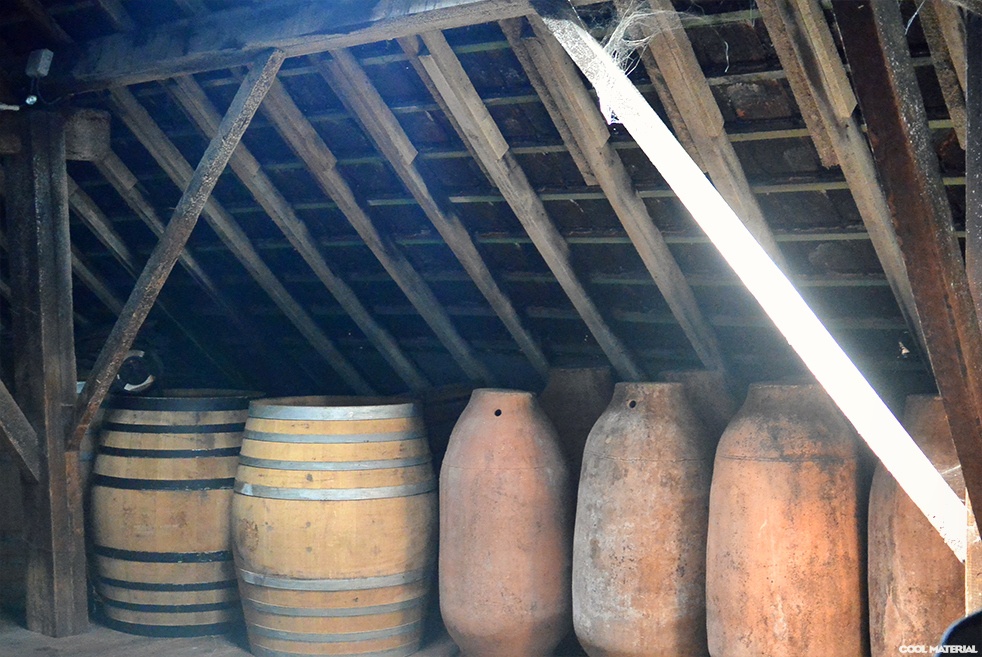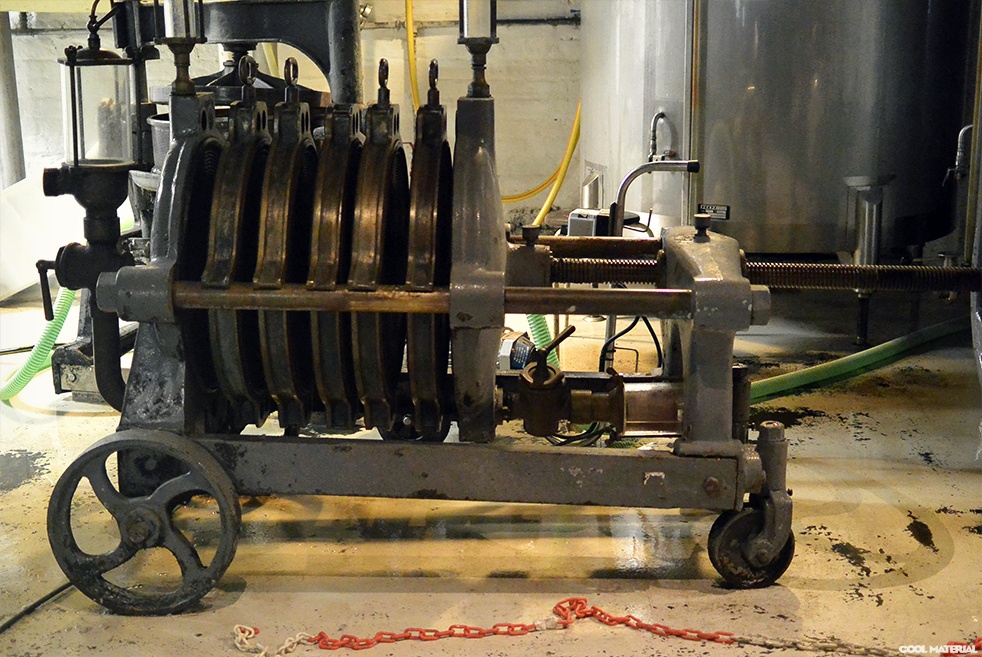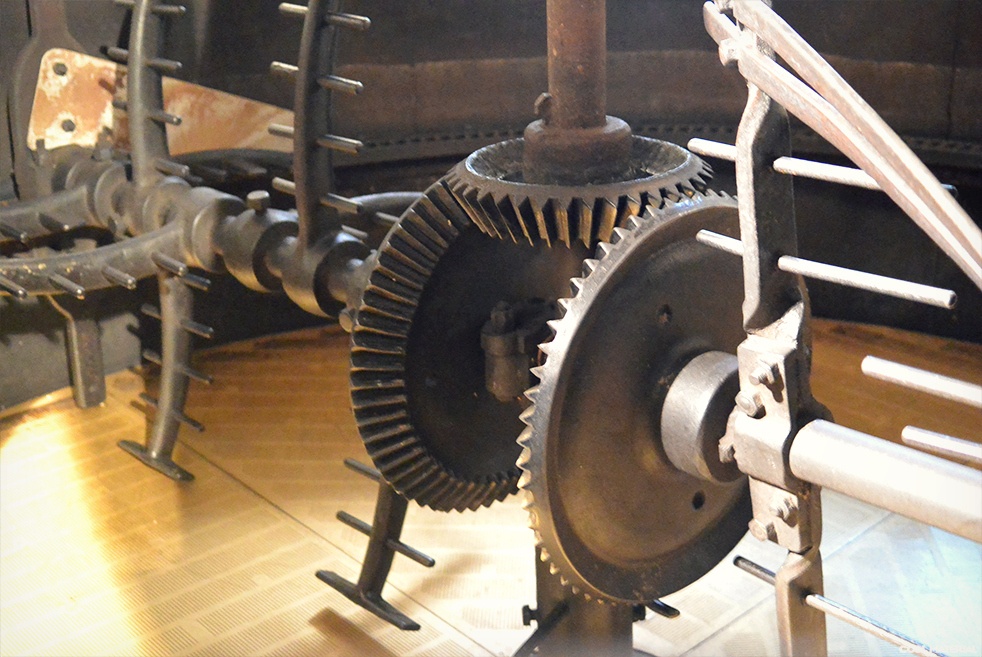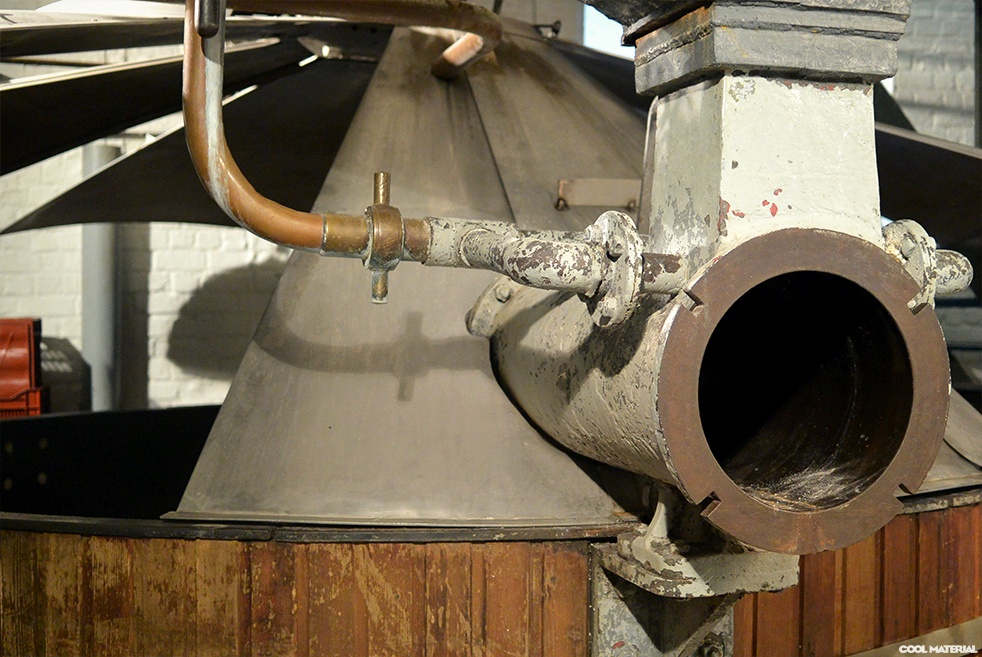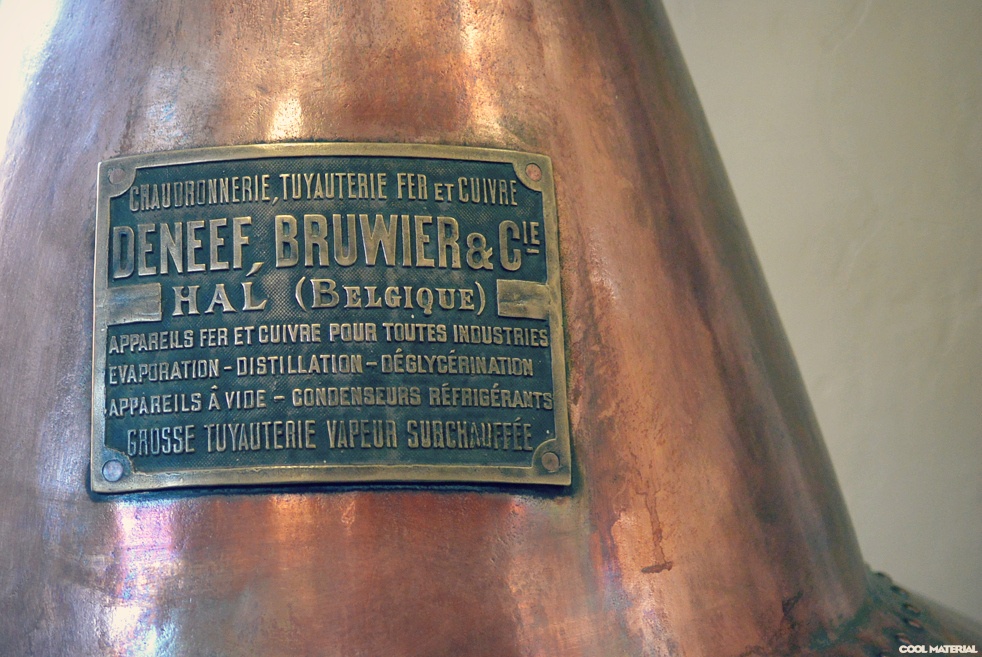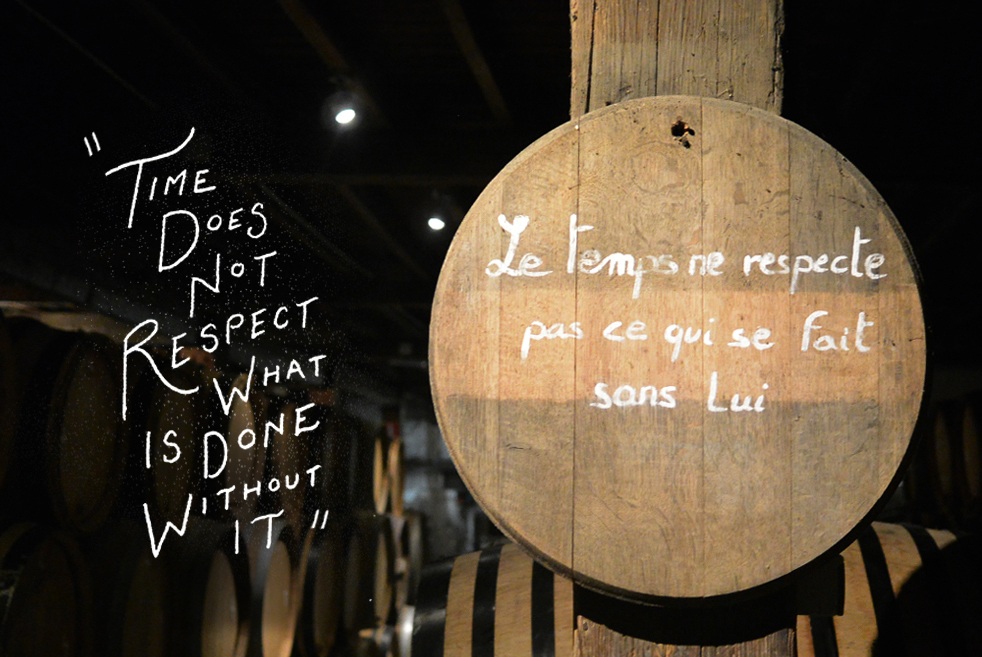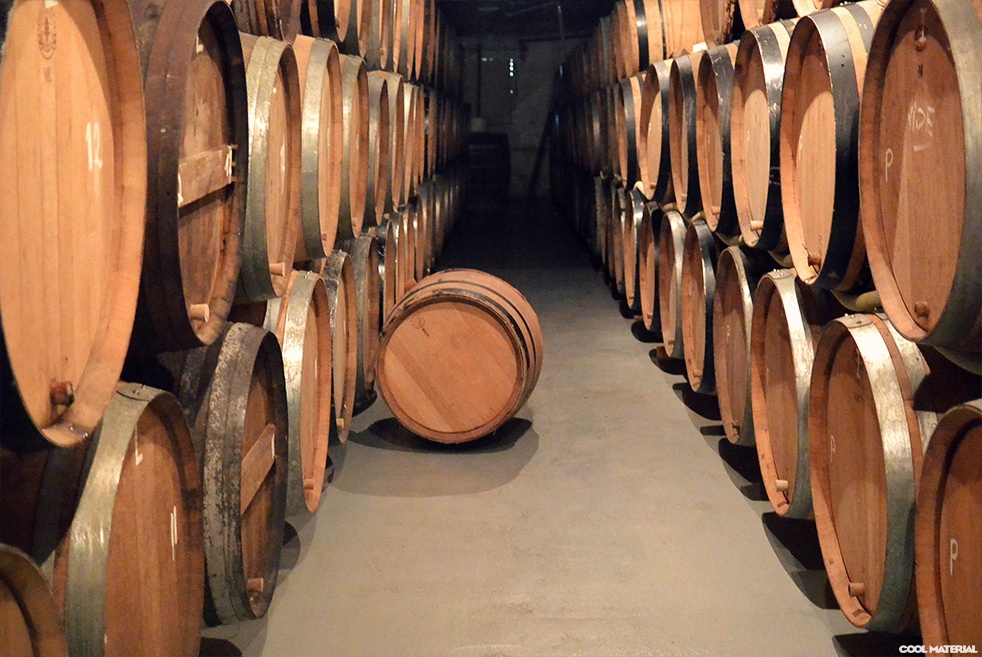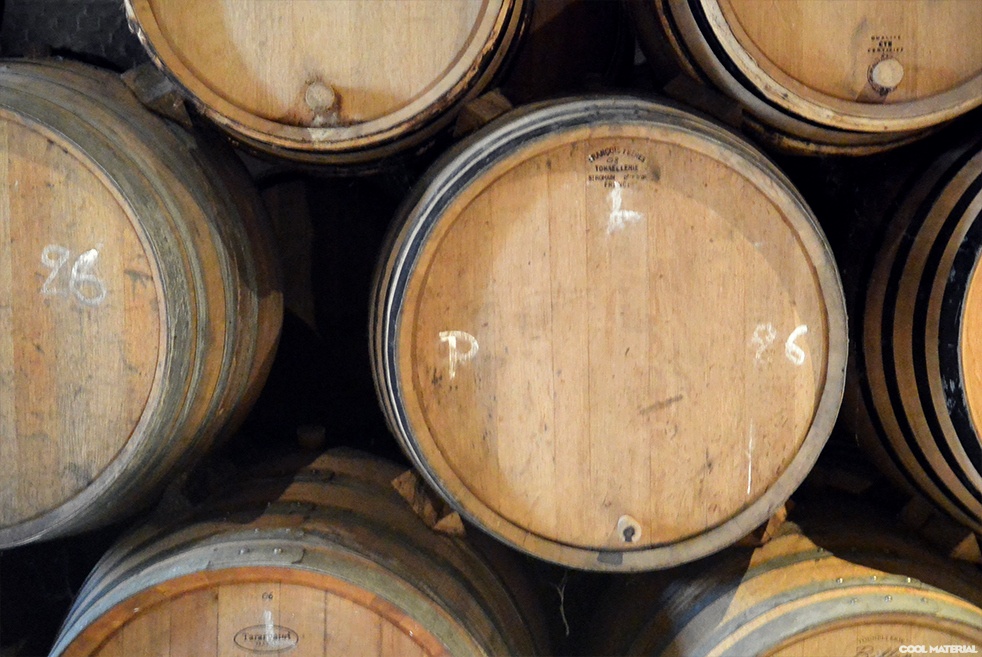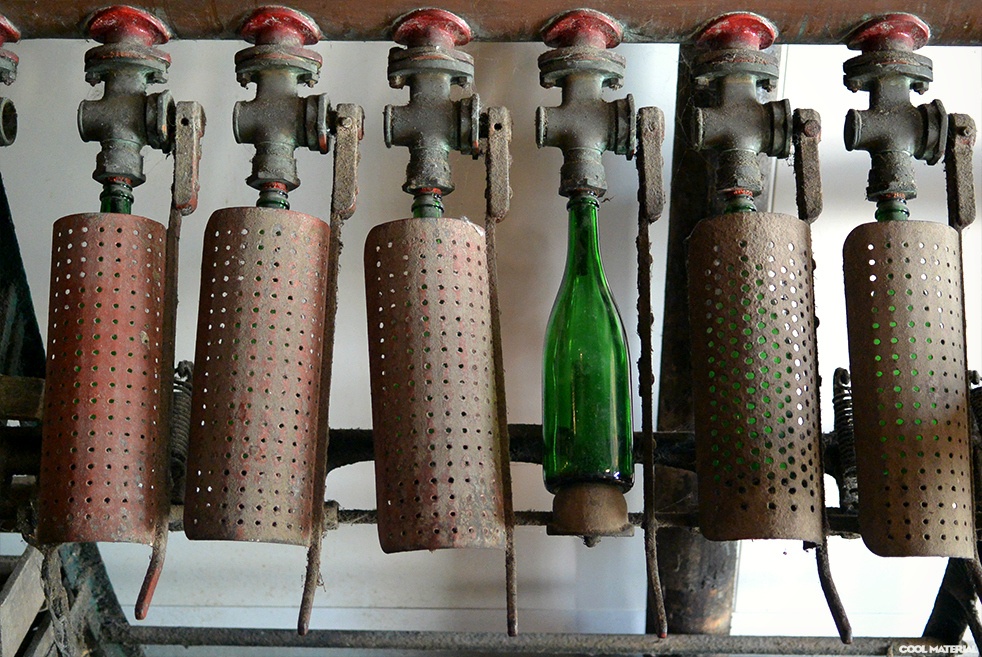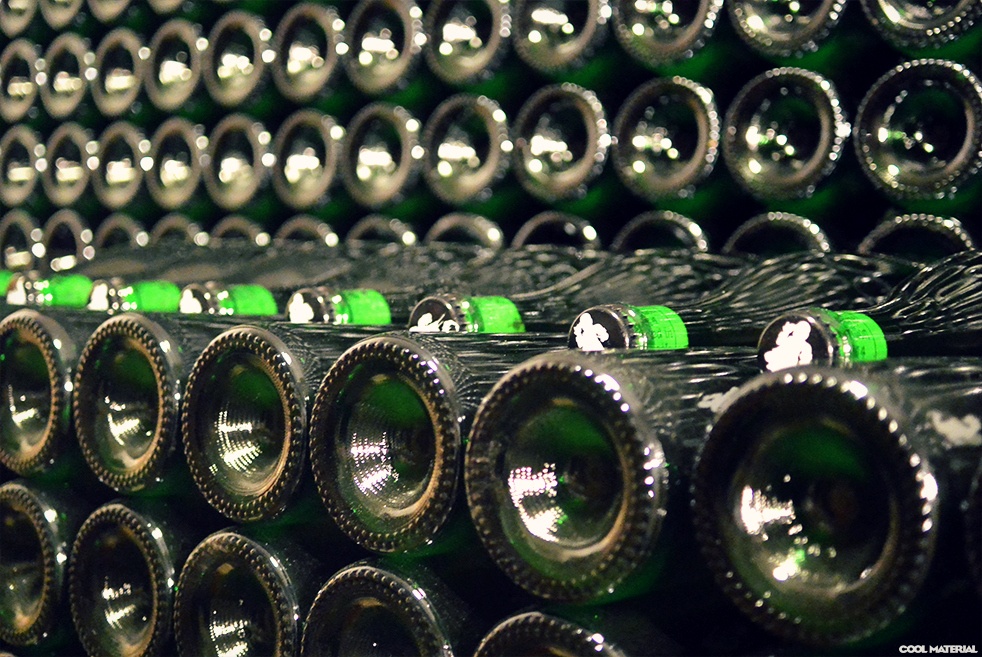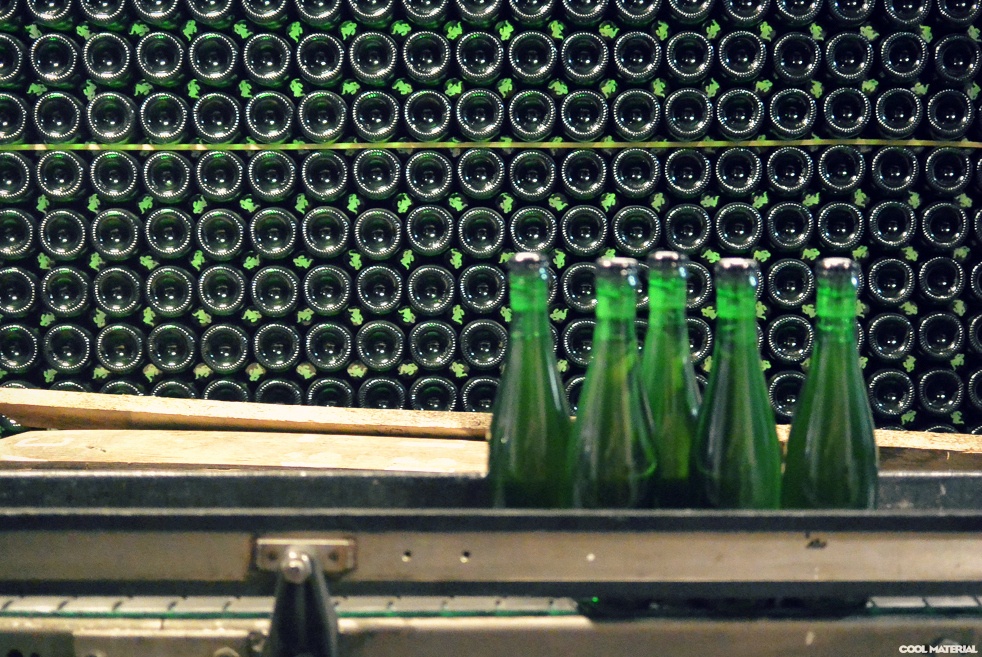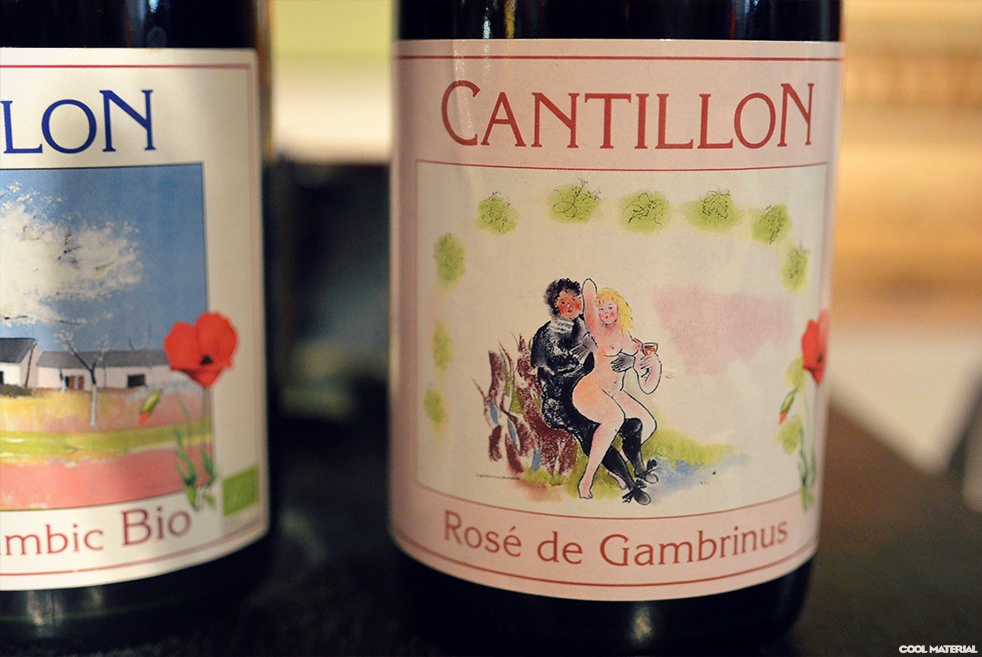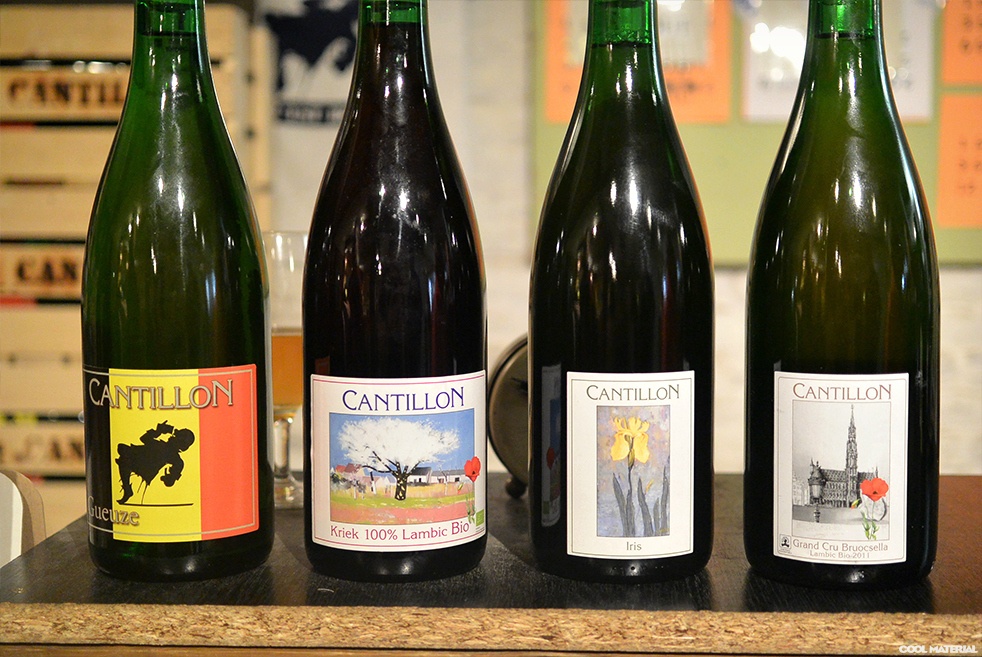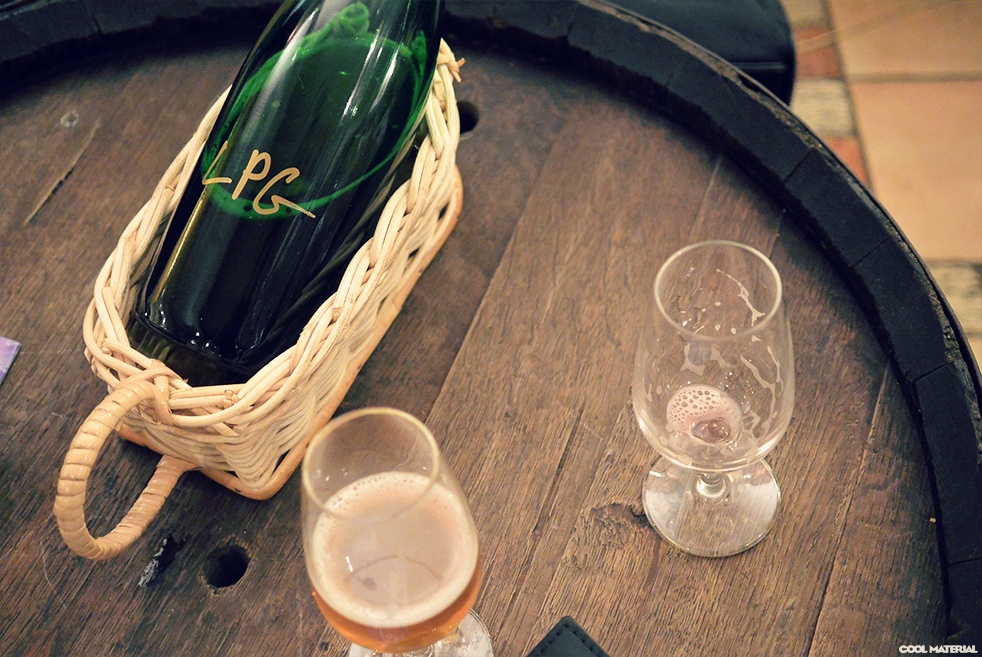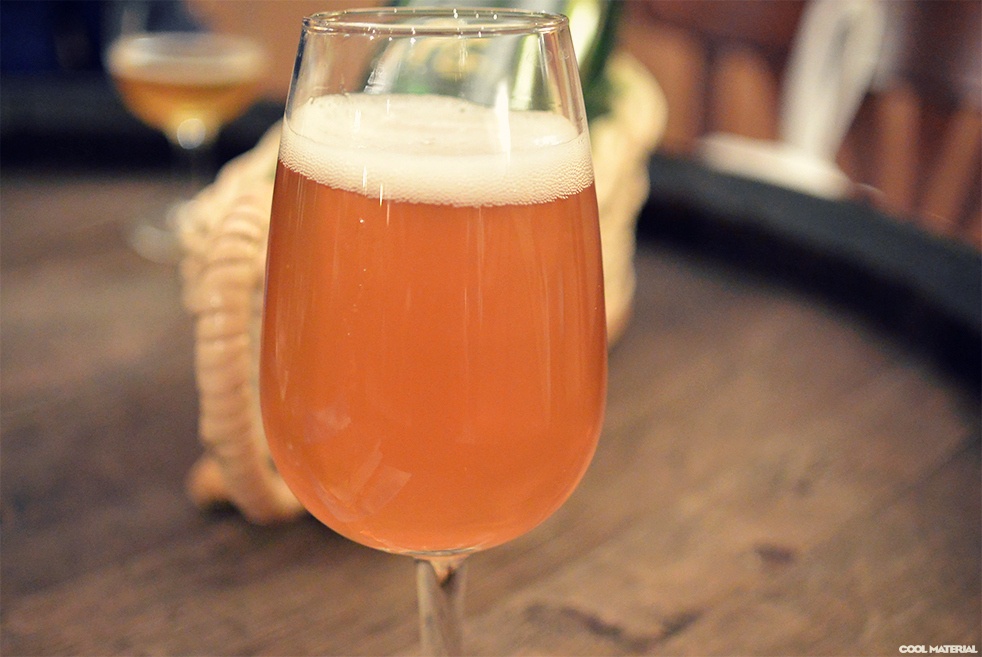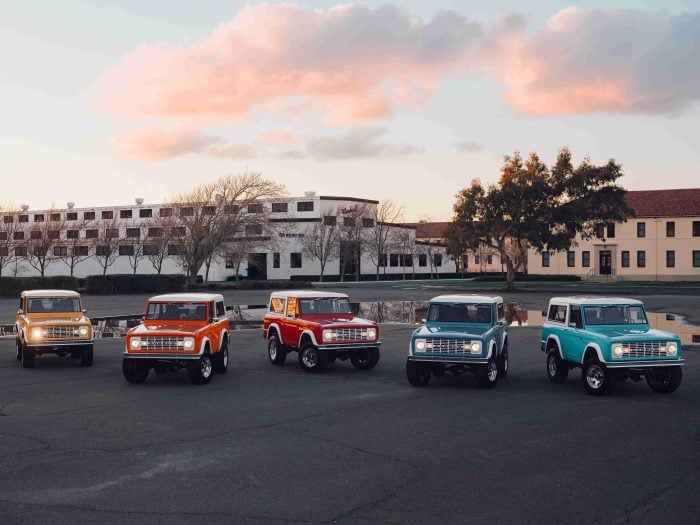Walk into 99% of the breweries in the United States, and you’ll be greeted with stainless steel conical fermenters, a seemingly limitless supply of sanitizing solution, and equipment that is cared for like the head brewer was Mr. Clean himself. In Cantillon, you’ll find a shit-ton of spiderwebs.
Started in 1900 by Paul Cantillon, the family-run brewery continuously produces some of the world’s finest beer in an environment that would make a germophobe scream in horror. The brewery is tucked away in a part of Brussels far from tourists, and is full of casks and bottles covered in a thin layer of dust, 19th century machinery, and more spiderwebs than your grandmother’s attic. And that’s exactly how they want it.

Cantillon makes traditional lambic, a style whose name has been tarnished by larger industrial outfits over time. As a bit of a crash course, thousands and thousands of years ago, the earliest renditions of beer were obviously not made with a lab-purchased yeast strain, but were spontaneously fermented with the help of wild airborne yeasts that landed in the wort (the sugary liquid extracted from malt). At Cantillon, the wort is cooled in a koelschip, which basically a very shallow and very large bathtub, and it’s during this time that the yeast descends upon the sweet liquid and the beauty of the building comes to life.

The folks at Cantillon believe–and it would be hard to argue after sipping the results–that the air in Brussels that blows through the windows of this slightly unkempt space, with all its history, aids in creating their wonderful beer. The old building, the exact location, it’s all part of the beer. As for those cobwebs, think of the spiders as part-time employs; they eat the bugs that get attracted to the sugary liquid and fruit used for the Kriek, Fou’ Foune, and other offerings.
While you walk around Cantillon on your self-guided tour (yeah, good luck with that at most breweries), you see barrels with bubbles spewing out from under a plug and you see machinery that seems fit for some sort of beer museum (actually, Cantillon is also a museum, but that’s another story). It’s like a step back in time.
And while so much of the greatness of Cantillon happens in the brewing and fermenting stages, it’s the blending of these 1, 2, and 3 year-old lambics to make their signature gueuze that is just so impressive. To have the palate to know exactly how much of each to add to create the ideal beer is amazing. It’s creating order out of spontaneous chaos.
For those who don’t stray from their PBR or their Bud, the beers from Cantillon are a bit shocking and far less approachable than your standard IPA or barrel-aged stout. Some would say they’re an acquired taste. But in the world of sour beers, and especially lambics, gueuzes, and fruit beers made with actual fruit, the beers from Cantillon are the gold standards. And don’t worry, they’re being carefully guarded by spiders. (Dammit spiders, you had one job to do: Bottles stolen from Cantillon.)



